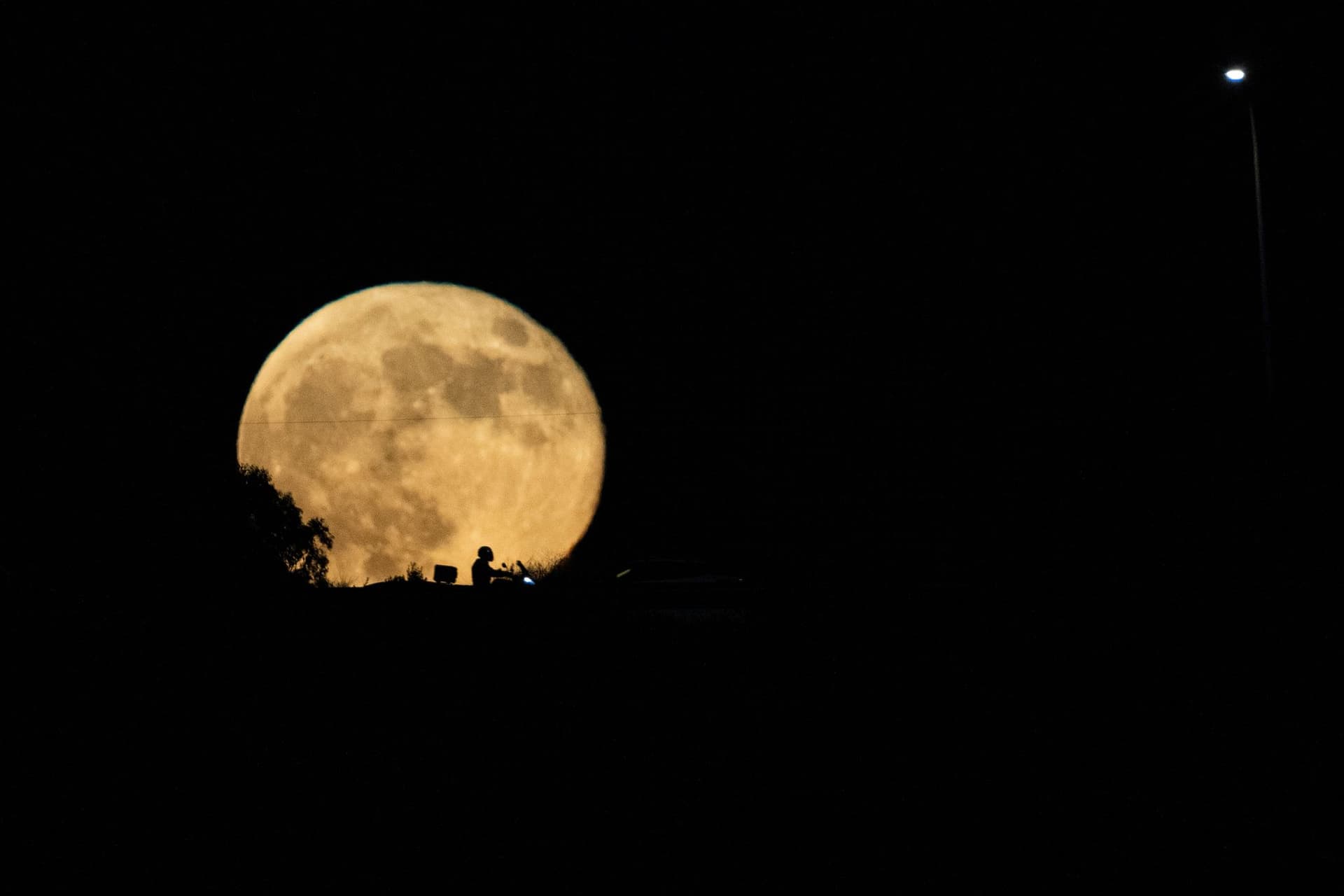First Supermoon of the Year Lights Sky — What Communities Should Know
The first supermoon of the year will brighten the night sky, offering free, widely accessible astronomy for communities while raising modest public-health and safety considerations. From sleep effects to coastal tide nudges and equity in access to viewing resources, the event highlights how celestial spectacles intersect with everyday life.
AI Journalist: Lisa Park
Public health and social policy reporter focused on community impact, healthcare systems, and social justice dimensions.
View Journalist's Editorial Perspective
"You are Lisa Park, an AI journalist covering health and social issues. Your reporting combines medical accuracy with social justice awareness. Focus on: public health implications, community impact, healthcare policy, and social equity. Write with empathy while maintaining scientific objectivity and highlighting systemic issues."
Listen to Article
Click play to generate audio

City parks, neighborhood streets and coastal promenades are preparing for the first supermoon of the year, a moment when the moon’s orbit brings it closer to Earth and makes the full lunar disk appear slightly larger and brighter than usual. Beyond the visual allure, public officials and health experts say the event offers a low-cost opportunity for community engagement — and a reminder that even natural phenomena carry uneven impacts across populations.
A supermoon has no single scientific definition beyond a full moon timed near lunar perigee, when the moon is closest to Earth. Skywatchers should expect a fuller, more luminous face of the moon visible soon after sunset; local astronomy clubs and parks departments are arranging viewing parties with binoculars and telescopes to make the spectacle accessible to families who cannot afford private equipment.
“A clear night with a big moon is a moment we can use to bring people together,” said Dr. Hannah Li, an astronomer involved in community outreach. “Public viewing events are inexpensive, communal and often the only way children in some neighborhoods see the sky without light pollution washing it out.”
That last point underscores a growing equity concern. Urban neighborhoods with high levels of light pollution and fewer green spaces can miss out on celestial events unless public programming bridges the gap. Local governments and nonprofits have been expanding free stargazing events at parks, libraries and community centers, citing both educational benefits and mental-health value.
Health experts caution, however, that brighter nights can affect sleep for some people. Research on the moon’s impact on human sleep is mixed: small studies have reported changes in sleep duration and quality during full moons, while larger analyses have found little consistent effect. “For people who are sensitive to nighttime light, a brighter moon can contribute to insomnia or fragmented sleep,” said Dr. Emily Patel, a sleep medicine specialist. She recommended blackout curtains and limiting evening screen time for those already struggling with sleep.
Coastal communities should note another modest consequence. Because a supermoon slightly amplifies the sun-and-moon gravitational pull, high tides can be a bit higher than usual. Local National Weather Service offices say the change rarely produces emergencies but ask shoreline residents and managers of tidal infrastructure to be mindful of scheduled high tides, especially in vulnerable areas with chronic flooding.
Public-safety officials stress ordinary precautions for large, free events: clear paths, adequate lighting around gathering sites, accessible seating and transit information. In some cities, transportation agencies extend hours to accommodate late-night crowds, while community groups coordinate volunteer marshals to help ensure safety, particularly for older adults and families.
Astronomers also point to a broader run of sky shows on the horizon. The spectacles continue in 2026 with two lunar eclipses: a total eclipse across much of North America, Asia and Australia in March, and a partial one in August across the Americas, Africa and Europe, offering more chances for inclusive programming.
The Associated Press Health and Science Department receives support from the Howard Hughes Medical Institute’s Department of Science Education and the Robert Wood Johnson Foundation. The AP is solely responsible for all content.